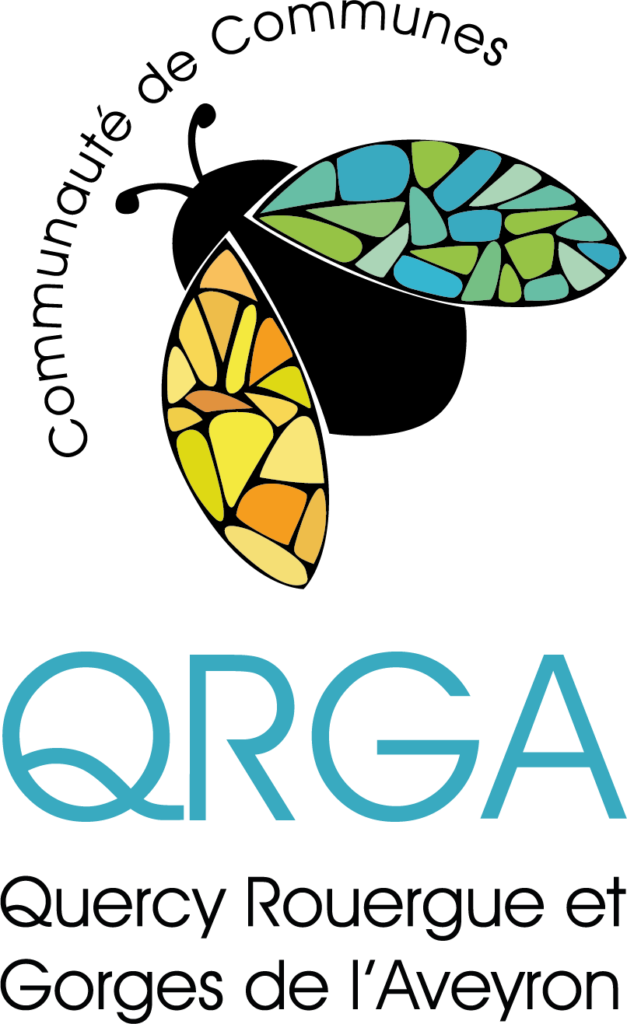The château de La Guépie, a witness to wars and rebuilding since the year 1000, has been preserved by the Lou Viel Castel association. It comes alive every summer with tours and events, offering a journey through local history. Like many of the fortified castles in our region, its construction probably dates back to before the year 1000. The first written record of the lord of La Guèpie, Raymond Bernard, dates from 1175. In 1212, Simon de Montfort, charged with eradicating the Cathar heresy, attacked the castle of La Guèpie, which was burnt down and razed to the ground, along with the village. Its strategic position allowed it to be rebuilt. Raymond VII, Count of Toulouse, became Lord of La Guèpie. The castle was inherited by his daughter, wife of Alphonse de Poitiers (brother of Louis IX), who exchanged it for the castle of Penne. Bernard de Penne became Lord of La Guèpie and thus began the Penne-Gourdon branch, which lasted for around 3 centuries. The Hundred Years' War inflamed the South-West, and the Viaur became a border between the French and English kingdoms. The Treaty of Brétigny handed it over to the English for around thirty years. On 1 August 1592, the Catholic league of the Duke of Joyeuse laid siege to the castle, killing 70 men and the baron. The castle was razed to the ground again, along with the village. In 1598, the Edict of Nantes brought peace, and the lords remained Protestant. It was the brother of the murdered baron who restored the ruins of the castle and gave it its residential appearance at the end of the 16th century. The revolution sounded the death knell for the castle, which was pillaged by the local inhabitants. The Baron de Freissinet, who had taken refuge in Switzerland, died in 1796. His two sons, Casimir and Louis, inherited the estate. Casimir returned for the first time in 1827, keen to preserve the ruins of his ancestors' birthplace and had some work carried out. In 1844, his brother Louis sold the entire château to Raymond Maurel, but Casimir had the sale annulled and the château was divided in two. Casimir kept the ruins, which are open to visitors and represent around ¼ of the surface area. The other part was sold. In the 1970s, sections of the walls fell down, and the baron's descendant was unable to pay for them, so he gave them to the town council of St Martin Laguépie, the current owner, for the symbolic franc. Since then, the Lou Viel Castel association has been working to maintain the castle and bring it back to life in the summer with various events. The castle is open for Heritage Days and from mid-July to around 20 August each year, thanks to the association's volunteers. Dramatised visit by AGIT on the first Wednesday in August at 9pm.
-
Equipment
Pets allowed














